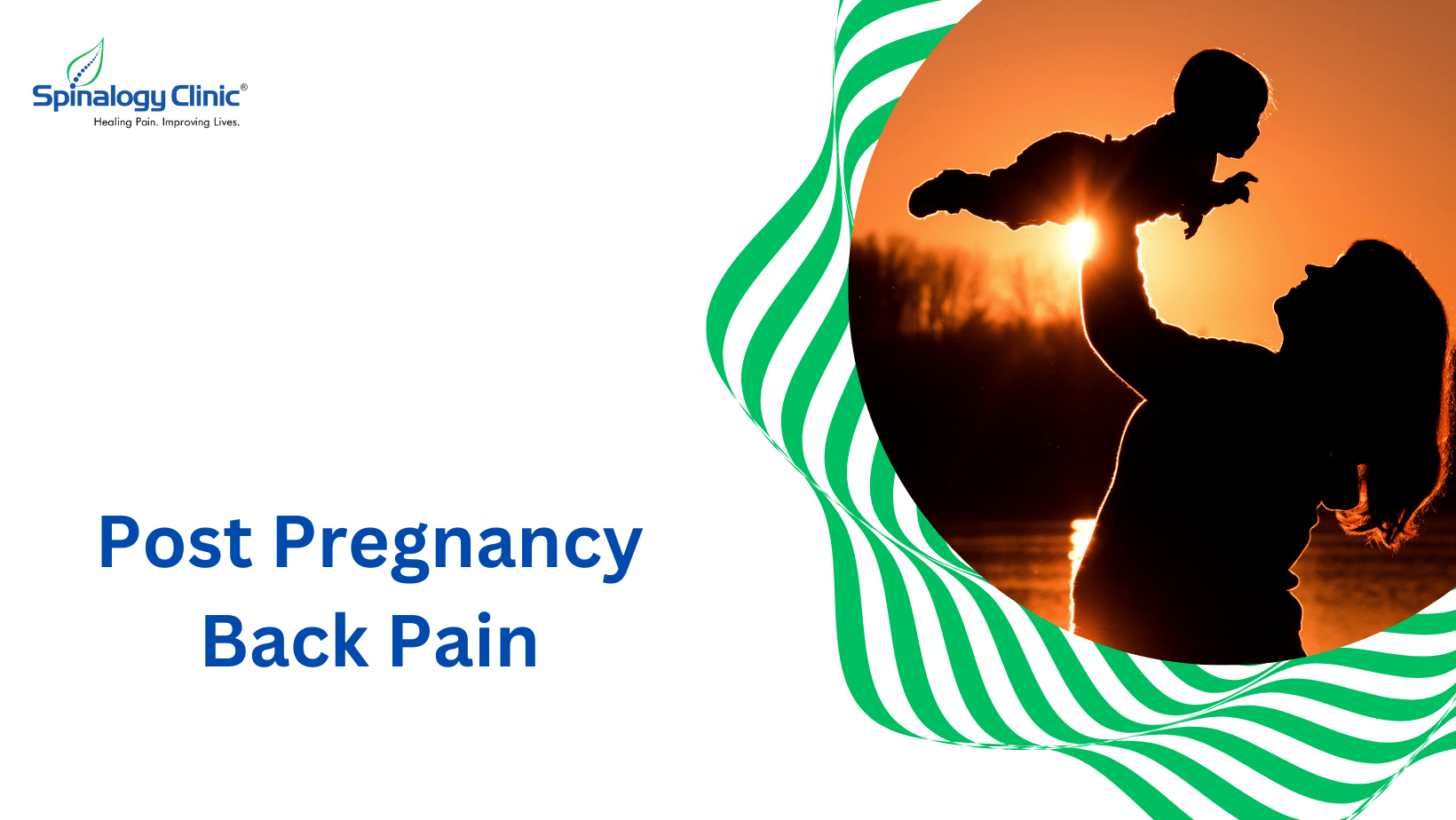Post Pregnancy Back Pain
Post-partum back pain is a term used for the back pain that a woman experiences after delivering a child. This pain is associated with changes in the musculoskeletal system after pregnancy and can last from 6 months to a few years, in some cases up to a decade.
Causes
Post-partum back pain is a result of the changes that occur in the body during pregnancy and after delivery. Sometimes the trauma that the body goes through while delivering a baby can impact the joints and bones of the pelvic region and the lower back.
During pregnancy, the body produces hormones such as estrogen and progesterone in excess. This prepares the body for delivery by relaxing the joints for stretching during pregnancy. However, the reversal of joints to their original state takes a few weeks and during this period back pain is most common. The hormonal secretion decreases significantly to make joints return to their pre-pregnancy state. This period is characterized by fatigue and irritation and some other symptoms such as pain in the back and hips, all because of the hormonal dip occurring in the body post-pregnancy.
Types of Back Pain:
Diastasis Recti
During pregnancy, the uterus grows in size to make room for the fetus. However, this stretching can result in the separation of the muscles of the abdominal wall like the rectus abdominis. This leads to poor posture due to weak muscles and core and can cause lower back and pelvic pain.
Posterior Pelvic Pain
This pain is experienced in the back and pelvic region and can be slight or sharp depending upon the person. The pain is a result of the changes that the pelvic region of a woman’s body goes through during pregnancy.
Coccydynia
Some women experience this condition which is characterized by pain in the tail bone. It is the last part of the spine and during delivery, it can get pushed back. Although the condition resolves itself with time its symptoms can persist for some time.
You should consult a doctor if the back pain does not go away after a few months with home remedies. Moreover, taking any medication while breastfeeding can be harmful to the mother as well as the child, and therefore consulting a professional is very important.
Prevention
Back pain can be prevented if certain steps are taken and certain mistakes avoided. However, before you begin anything you need to consult your doctor as there are certain exercises that a woman who’s had a C-section can’t do. You should wait at least 6 weeks before starting any physical activity.
Even 10 minutes of exercising can do wonders for your post-partum body. The exercises should be mild and include stretching to restore flexibility and mobility in the hips and lower back.
Obesity is a very common side-effect of prolonged bed rest after delivering a child. It should be prevented at all costs and the new mother should try to gradually return to the weight before she became pregnant.
Try to bend at your knees instead of the waist to avoid putting strain on the back while lifting the baby or anything else. Use your core muscles to stand up as this will help in toning the loose muscles and bring stability to the body.
Hips should also not be burdened with the weight of the child as they are already under-recovery.

_1747226427_1751827070.png)
_1744793045_1751827442.png)
_1743751136_1751830603.png)
